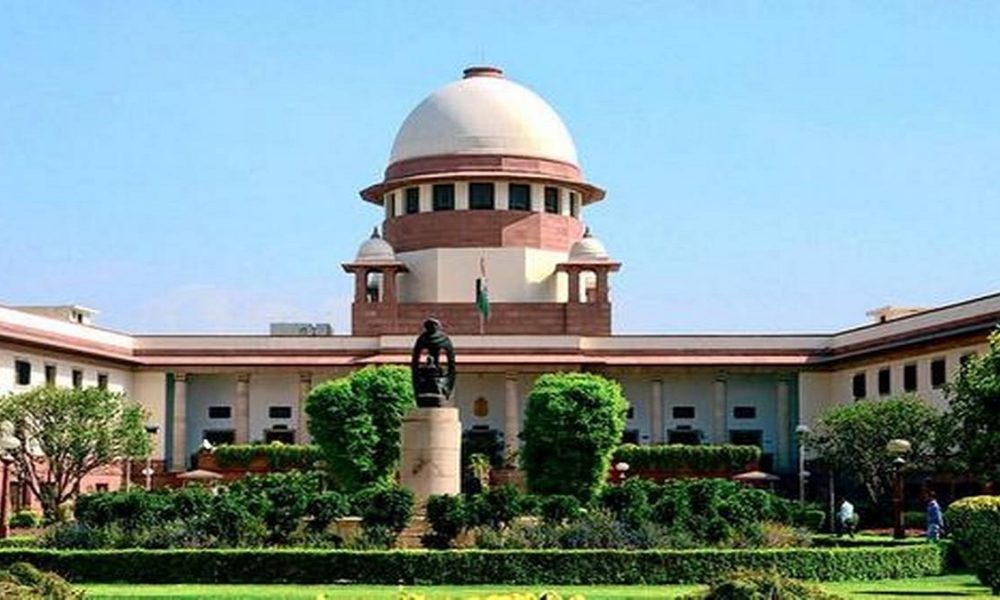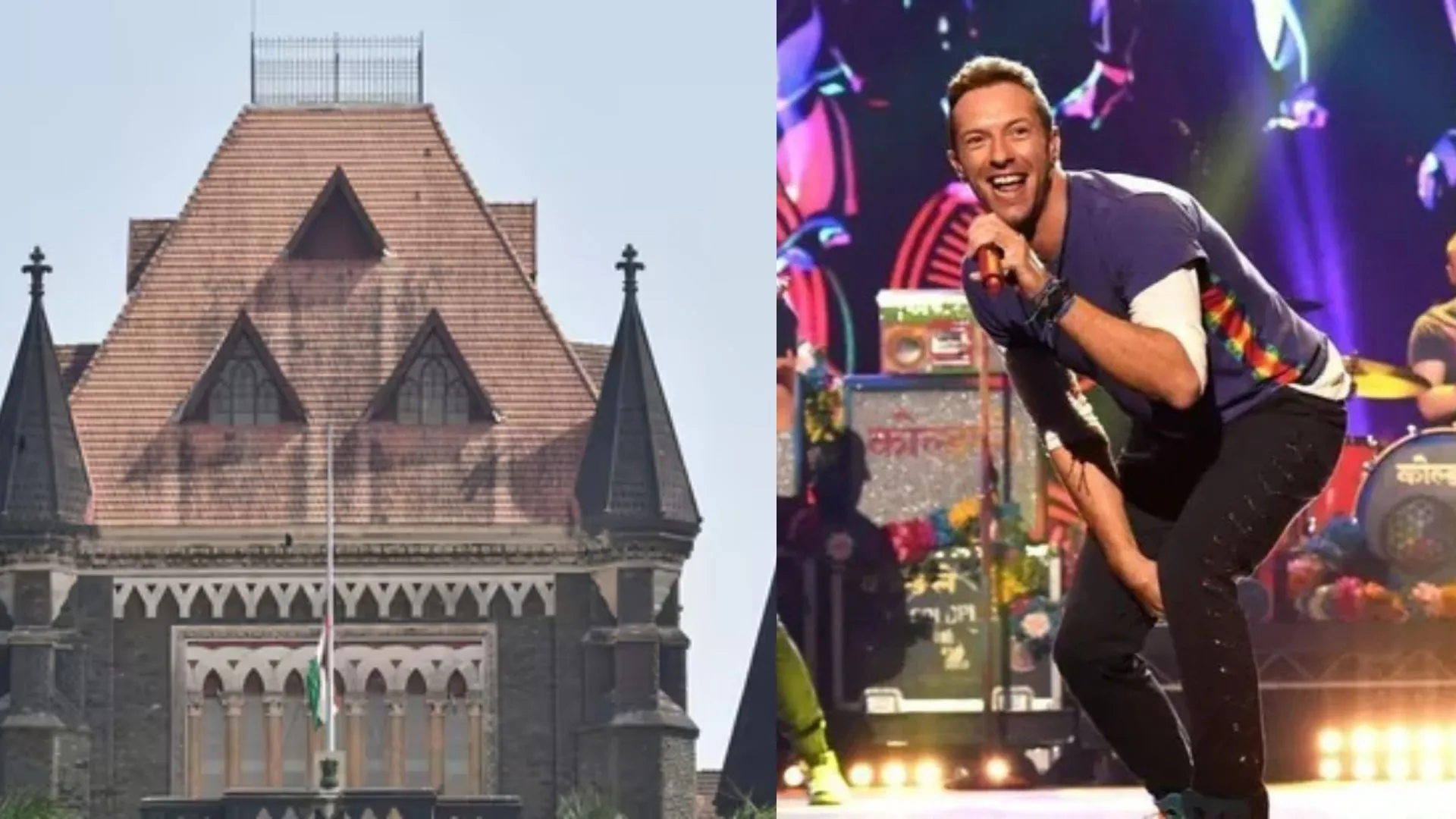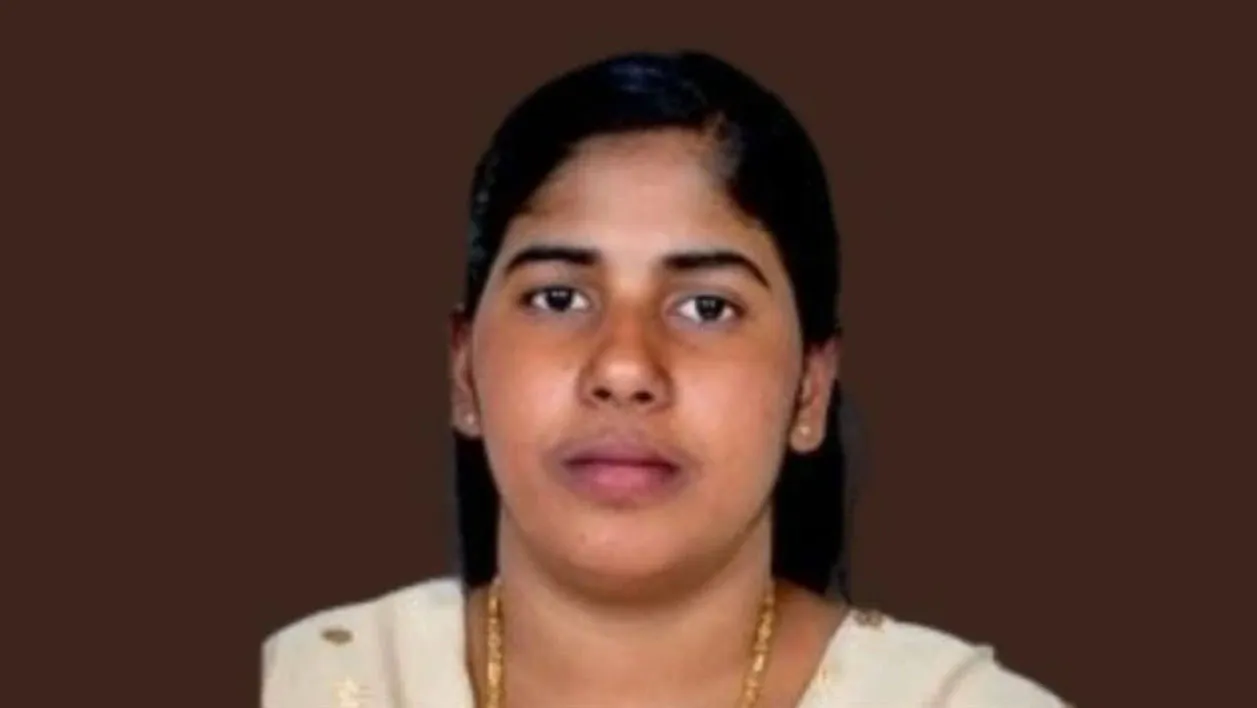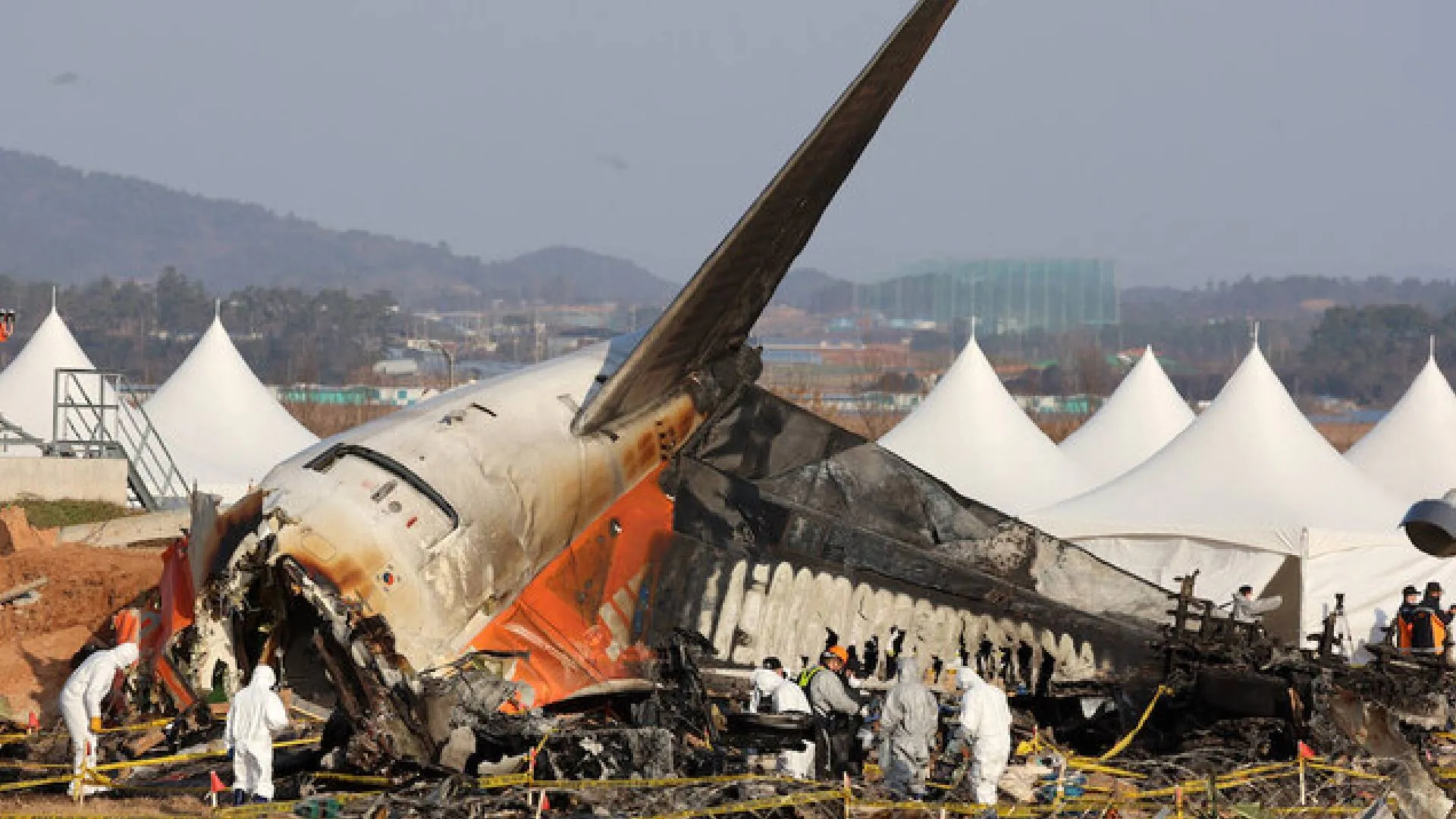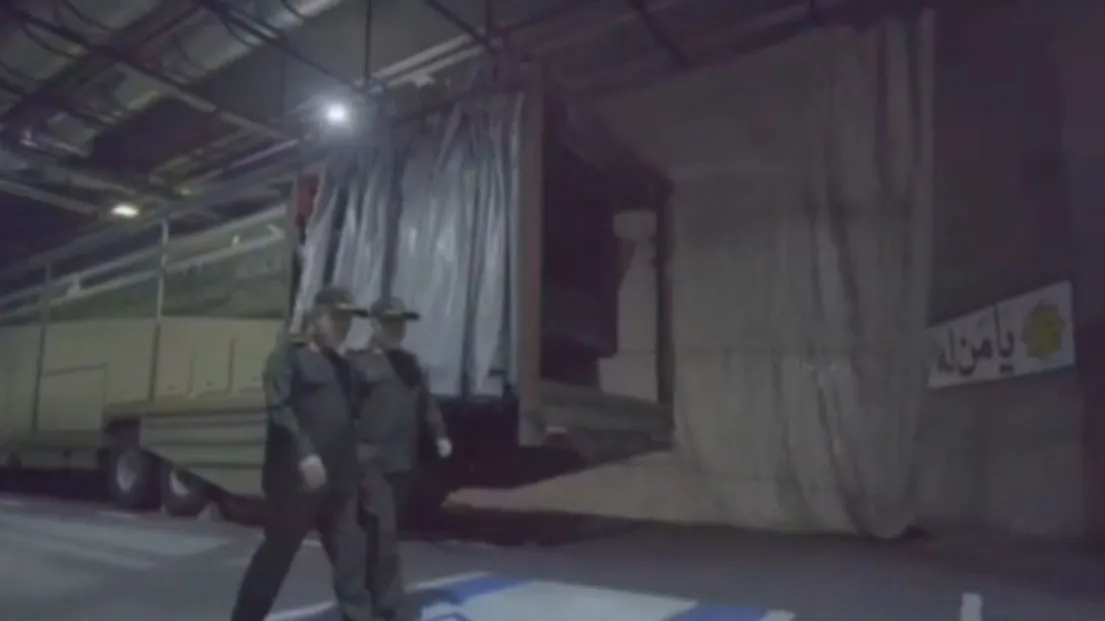While not leaving even an iota of doubt in the mind of anyone, the Supreme Court in the fitness of things has minced just no words in a brief, brilliant, bold and balanced judgment titled Ram Ratan Vs State of Madhya Pradesh in Criminal Appeal No. 1333 of 2018 that was delivered finally on December 17, 2021 to hold that mere exhibition, brandishing or holding a weapon openly by offender to threaten and create fear or apprehension in the mind of the victim is sufficient to constitute an offence under Section 397 of IPC. It must be apprised here that the Bench of Apex Court comprising of CJI NV Ramana, Justice AS Bopanna and Justice Hima Kohli was considering an appeal assailing the Madhya Pradesh High Court’s order of upholding the conviction by trial court under Section 392/397 of IPC and Sections 11/13 of Madhya Pradesh Dakaiti Aur Vyapharan Pravbhavit Kshetra Adhiniyam 1981 Act (“Act”). It cannot be lost on us that the Bench while partly allowing the appeal set aside the judgment to the extent it convicted the appellant under Section 397 IPC read with Sections 11/13 of MPDVPK Act, 1981 and sustained the appellant’s conviction under Section 392 IPC.
To start with, this learned, laudable, landmark and latest judgment authored by Justice AS Bopanna for a Bench of Apex Court comprising of himself, CJI NV Ramana and Justice Hima Kohli sets the ball rolling by first and foremost putting forth in para 1 that, “The appellant is before this Court in this appeal assailing the judgment dated 23.02.2017 passed by the High Court of Madhya Pradesh in Criminal Appeal No. 691/2013 titled Ram Ratan vs State of Madhya Pradesh. Though the said appeal was disposed of by the High Court along with the companion appeal, the consideration herein is limited to the case against the appellant herein i.e. Ram Ratan who was arrayed as the first accused before the trial court.”
To put things in perspective, the Bench then envisages in para 2 that, “The appeal before the High Court was filed by the appellant, being aggrieved by the judgment dated 31.07.2013 passed by the Special Judge (MPDVPK Act) 1981, Sheopur in Special Case No. 13/2013 (old case No. 26/2012). Through the said judgment, the trial court has convicted the appellant along with the other two accused namely, Chotu and Raju alias Rajendra under Section 392 and 397 of Indian Penal Code (“IPC” for short) read with Section 11/13 of Madhya Pradesh Dakaiti Aur Vyapharan Pravbhavit Kshetra Adhiniyam 1981 Act (“MPDVPK Act, 1981” for short) and sentenced the appellant and other accused to rigorous imprisonment of 7 years with fine of Rs. 1000/-, in default of the same, to undergo imprisonment for a further period of 4 months. The co-accused Raju alias Rajendra was further convicted and sentenced under Section 25 (1-B) (a) of Arms Act to one year rigorous imprisonment with fine of Rs. 500/, in default of the same, to further undergo 2 months rigorous imprisonment. Though all the three accused had filed the respective appeals before the High Court against the said conviction and sentence, the co-accused Chotu died during the pendency of his appeal, due to which the said appeal abated. As noted above, though the appeal of Raju alias Rajendra was also considered by the High Court through the common judgment, the present appeal is filed by the appellant alone and as such the conviction and sentence of the appellant based on the contentions put forth on his behalf only are adverted to in this judgment.”
While elaborating on the facts of the case, the Bench then enunciates succinctly in para 3 that, “The brief facts are that one, Rajesh Meena lodged a complaint on 27.06.2012, alleging that on the intervening night of 26-27/06/2012, while he was sleeping in the hut constructed in the field to guard the crops, at about 02:30 a.m, the appellant along with Raju alias Rajendra and Chotu came to him and woke him up. The said Raju alias Rajendra was having a gun with him and on pointing the same towards the chest of the complainant, demanded to part with the money. The complainant informed that he did not have any money, due to which the key of his motorcycle was snatched and the said Raju alias Rajendra also took out the mobile phone from the pocket of his shirt. Thereafter, all the three accused persons forced the complainant to sit on the motorcycle along with them. When they reached the village Nanawat, the motorcycle got punctured and therefore all the persons compelled the complainant to get down from the motorcycle and the motorcycle was taken away. By the said time since it was dawn, his uncle named Tulsiram was passing by to milk the buffaloes. The complainant narrated the incident, following which, steps were taken to lodge the complaint. The police having taken action, recovered the motorcycle as also the mobile phone and apprehended the accused. The police on completing the investigation filed the chargesheet against the appellant for the offences under Sections 392/397 of IPC and under Sections 11/13 of MPDVPK Act, 1981.”
As it turned out, the Bench then goes on to disclose in para 4 that, “The trial court framed charges through the order dated 26.02.2013 under Sections 392/397 of IPC and Sections 11/13 of MPDVPK Act, 1981 against the appellant and Chotu, while an additional charge under Section 25 (1-B) (a)/27 of the Arms Act was framed against the other co-accused namely, Raju alias Rajendra. The appellant and his co-accused having pleaded not guilty, stood trial in the matter.”
While continuing in the same vein, the Bench then observes remarkably in para 5 that, “The trial court having noted the evidence tendered through PW1 to PW12, the documents which were marked and the material objects identified, arrived at its ultimate conclusion. While doing so, the trial court has referred in detail to the evidence tendered by the complainant Rajesh (PW1) who narrated the entire incident from the time he was woken up in the midnight and stated about having identified the accused as there was a light burning in the hut. Tulsiram (PW2), uncle of the complainant and Mukesh (PW3), brother of the complainant corroborated the version stated by the complainant. Dhanpal (PW5), father of the complainant had also stated with regard to the sequence in which he had come to know about the incident in the same sequence as had been stated by PW3. Mahavir (PW4), Ramjilal (PW6) and Dhanjeet (PW7) are the witnesses to the seizure of motorcycle and the gun respectively. However, PW6 and PW7 had turned hostile. Chandrabhan Singh (PW8) is the witness who examined the 12-bore gun. A.L. Azad (PW11) is the police officer who arrested the accused and the other witnesses are the procedural official witnesses.”
As we see, the Bench then forthrightly remarks in para 6 that, “The trial court on analysing the said evidence returned the finding that the appellant and his co-accused had indulged in the incident complained of and therefore held the charge to be proved. The conviction and the sentence were accordingly handed down. The appellant and his co-accused while assailing the judgment of the trial court, apart from contending that the case has been falsely alleged against them, had also contended that the charge under Section 397 of IPC cannot be sustained. It was their case that the firearm even if was proved to be carried, had not been used and as such the charge under Section 397 IPC would not lie. The High Court having adverted to the matter in detail has re-appreciated the evidence with regard to the incident and accordingly upheld the judgment passed by the trial court convicting the appellant and sentencing him in the manner as has been done. The appellant therefore claiming to be aggrieved by the judgment passed by the trial court and upheld by the High Court, is assailing the same in this appeal.”
The concluding section is available on link4din.com/guardians-numeric-wisdom
Most significantly, what forms the real backbone of this notable judgment is then dwelt upon exhaustively in para 17 wherein it is held aptly that, “From the position of law as enunciated by this Court and noted above, firstly, it is clear that the use of the weapon to constitute the offence under Section 397 IPC does not require that the ‘offender’ should actually fire from the firearm or actually stab if it is a knife or a dagger but the mere exhibition of the same, brandishing or holding it openly to threaten and create fear or apprehension in the mind of the victim is sufficient. The other aspect is that if the charge of committing the offence is alleged against all the accused and only one among the ‘offenders’ had used the firearm or deadly weapon, only such of the ‘offender’ who has used the firearm or deadly weapon alone would be liable to be charged under Section 397 IPC.”
No doubt, what the Apex Court has held in para 17 of this cogent, commendable, composed and convincing judgment must be adhered to by all the courts in totality whether it is the trial courts or the High Courts.
To say the least, it was also very rightly held in para 26 that, “The judgment dated 19.10.2012 passed by the Special Judge, (MPDVPK Act) in Special Case No. 13/2013 (Old Case No. 26/2012) insofar it has convicted the appellant under Section 397 IPC read with Sections 11/13 of MPDVPK Act, 1981 and upheld by the High Court of Madhya Pradesh in Criminal Appeal No. 691/2013 are set aside to that extent. The conviction of the appellant under Section 392 IPC by the trial court and upheld by the High Court is sustained. The sentence imposed on the appellant is modified to that of the period of imprisonment undergone by him till this day. The fine imposed and default sentence thereof is retained. The appellant is ordered to be set at liberty forthwith if the fine is paid and he is not required to be detained in any other case. The appeal is allowed in part to the extent indicated above. All pending applications, if any, shall stand disposed of.” It is also worth noting that the Apex Court very rightly cited the most relevant judgments in this noteworthy judgment as for instance that of Phool Kumar vs Delhi Administration (1975) 1 SCC 797, Dilawar Singh vs State of Delhi (2007) 12 SCC 641 and Ganesan vs State Rep. by Station House Officer Crl. Appeal No. 904 of 2021 among others to support its findings that it reached. All in all, the sum and substance of this notable judgment is that mere exhibition, brandishing or holding weapon openly by the offender to threaten and create fear or apprehension in mind of victim is sufficient to constitute an offence under Section 397 of IPC. No denying it!

